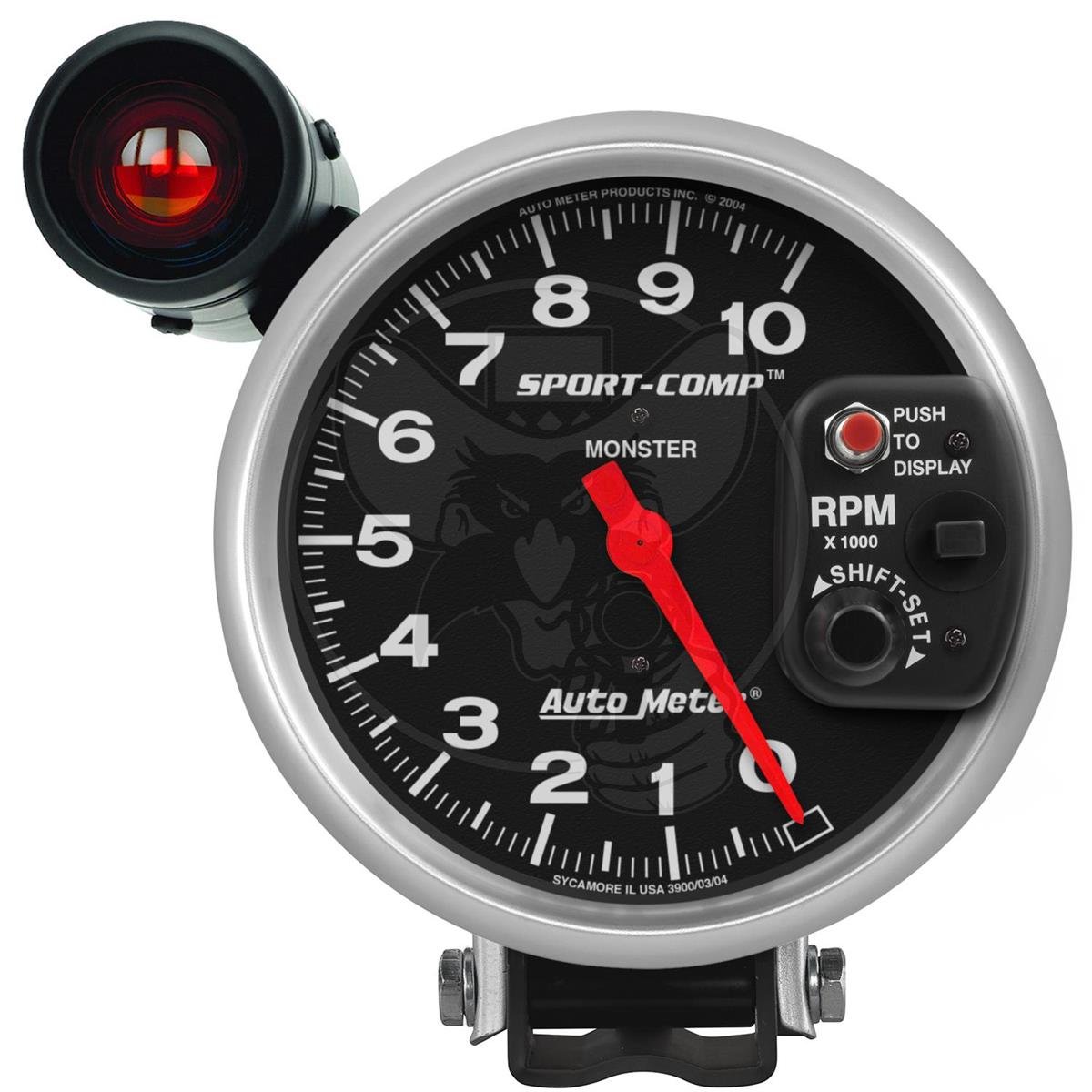The Relevance of a Tachometer in Monitoring Engine Speed and Performance in Automotive Applications
In the world of auto engineering, the tachometer stands as a critical instrument in the vehicle driver's collection, providing a direct window into the inner functions of a vehicle's engine. Beyond its function as a mere gauge of transformations per min (RPM), the tachometer offers as an important device for lovers and specialists alike, offering real-time insights into engine performance and health.
Relevance of Monitoring Engine RPM
Monitoring engine RPM, or changes per minute, is a critical facet of automobile maintenance and efficiency evaluation. Engine RPM straight correlates with the rate at which the engine's crankshaft rotates, showing exactly how quickly the engine is running.
In addition, keeping track of engine RPM is essential for efficiency evaluation in auto racing and high-performance vehicles. Preserving optimal RPM degrees is crucial for accomplishing peak power output and velocity. Racers often utilize tachometers to guarantee they are operating within the excellent RPM range for maximum efficiency. In summary, keeping track of engine RPM is not just crucial for identifying issues yet also for enhancing engine efficiency in various automotive applications.

Benefits of Real-Time Information
In automotive applications, real-time data plays a critical role in offering instantaneous insights into the performance and condition of the vehicle. By continuously keeping track of various parameters such as engine speed, temperature, fuel intake, and more, real-time information supplies countless advantages that add to boosted performance and security on the roadway.
One considerable advantage of real-time data is its ability to sharp vehicle drivers and professionals to any kind of abnormalities or problems quickly. This positive method allows quick identification of prospective issues, enabling timely treatments to stop additional damage or malfunctions. Furthermore, real-time data facilitates efficiency optimization by supplying instant feedback on driving behaviors and engine effectiveness. Chauffeurs can readjust their habits in real-time based on this details to accomplish better gas economic climate and lengthen the life expectancy of their vehicle.

Furthermore, real-time data plays a crucial role in modern automobile diagnostics, allowing specialists to quickly detect and deal with breakdowns. This brings about minimized downtime, lower upkeep costs, and ultimately, boosted general car reliability and long life (tachometer). By using the power of real-time information, vehicle stakeholders can make enlightened choices that favorably affect both the efficiency and longevity of the automobile
Effect On Gear Shifts
The tachometer plays a crucial function in maximizing equipment shifts by offering real-time engine rate data to the chauffeur. When approaching the redline on the tachometer, it signals the chauffeur to upshift to avoid over-revving the engine and triggering potential damage.
Furthermore, the tachometer aids in achieving smoother equipment changes, specifically in hand-operated website link transmissions. By checking engine rate, motorists can carry out equipment shifts at the optimal RPM array, reducing snagging activities and lessening wear on the transmission elements. This precision on duty modifications not only boosts driving convenience however also adds to sustain efficiency.
Enhancing Gas Effectiveness
Given the critical duty the tachometer plays in enhancing gear changes for performance and engine wellness, it straight adds to taking full advantage of fuel effectiveness in automobile applications. By giving real-time comments on engine speed, the tachometer helps chauffeurs in keeping the most reliable here are the findings RPM variety for gas economy. When vehicle drivers constantly monitor the tachometer and change their driving behaviors accordingly, they can stay clear of unnecessary gas consumption brought on by over-revving or hauling the engine.
Additionally, the tachometer aids motorists recognize the most fuel-efficient equipment to be in at any provided minute, protecting against the engine from working more challenging than necessary. This is especially crucial throughout velocity and travelling, where remaining in the best equipment can significantly affect gas performance. Additionally, the tachometer can inform drivers to prospective mechanical problems that can be negatively impacting gas economic situation, such as a slipping clutch or a blocked air filter. To conclude, the tachometer works as a valuable tool in enhancing fuel effectiveness by advertising optimum driving behaviors and identifying areas for improvement in the car's performance. visit homepage

Optimizing Engine Long Life
The tachometer's role in checking engine speed and efficiency is instrumental in making certain the longevity of auto engines. Keeping track of the tachometer permits chauffeurs to remain within the recommended RPM array for their vehicle, stopping unnecessary stress on the engine and expanding its lifespan.

Conclusion
In verdict, the tachometer plays an important role in checking engine speed and efficiency in automotive applications. By giving real-time data on RPM, it permits efficient equipment changes, improved gas efficiency, and made best use of engine durability. This device is important for keeping optimal engine performance and making certain the overall capability of a vehicle.